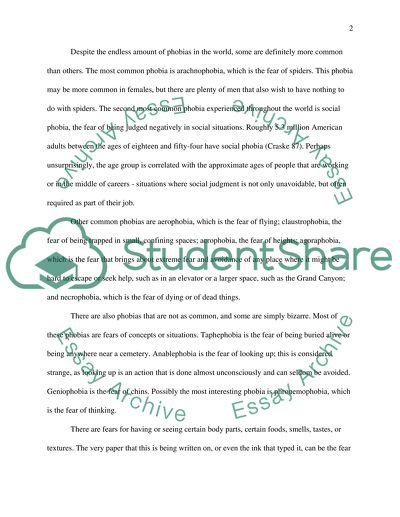Cite this document
(“Phobias Research Paper Example | Topics and Well Written Essays - 1250 words”, n.d.)
Retrieved from https://studentshare.org/family-consumer-science/1412357-phobias
Retrieved from https://studentshare.org/family-consumer-science/1412357-phobias
(Phobias Research Paper Example | Topics and Well Written Essays - 1250 Words)
https://studentshare.org/family-consumer-science/1412357-phobias.
https://studentshare.org/family-consumer-science/1412357-phobias.
“Phobias Research Paper Example | Topics and Well Written Essays - 1250 Words”, n.d. https://studentshare.org/family-consumer-science/1412357-phobias.


